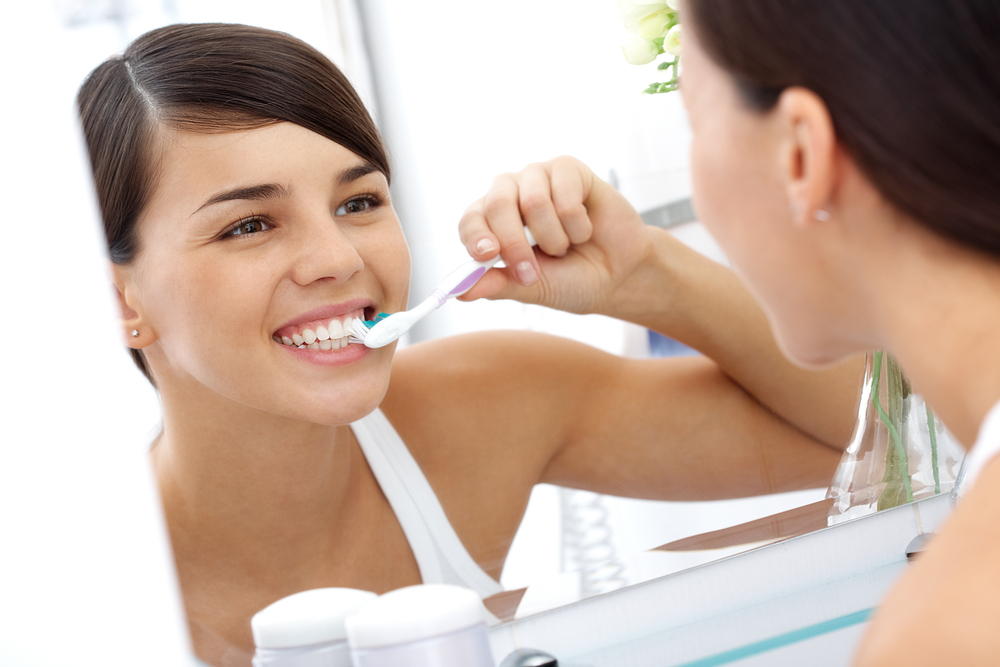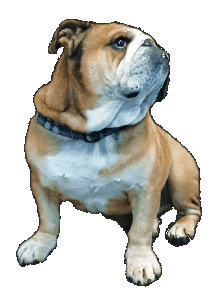Teeth Cleaning
Good Oral Health Starts With You
Daily brushing is essential to overall oral health and can help you avoid cavities and gum disease. Below are some questions and answers to some commonly asked questions when it comes to brushing properly and effectively.
1. How many times a day should I brush?
Brushing two times a day is a good start and is recommended. Three times a day is better. Brushing after every meal is best.
2. How long should I brush?
You should brush for a minimum of two minutes. Most people brush for less than one minute which is not adequate to properly remove plaque and kill the bad bacteria on your teeth and gums. One great way to ensure you are getting the full benefit of brushing is breaking your mouth into four quadrants and spend 30 seconds on each. Spend an extra 30 seconds on brushing your tongue and you are on your way to getting the most out of each brushing session. Some manual toothbrushes come with a timer while others vibrate to let you know when to switch. Other great ideas for manual toothbrushes are using a phone app or humming a song while brushing.
3. What type of toothbrush?
- Electric: Electric toothbrushes are a great tool to use when brushing your teeth.
 Manual: When choosing a manual toothbrush consider the following features.
Manual: When choosing a manual toothbrush consider the following features.- Head: the size of the head, if you strain to open your mouth wide enough or are having a hard time getting to the back teeth, you may have a toothbrush that is too large for your mouth.
- Handle: When choosing a brush make sure the handle is comfortable and feels good in your hand.
- Bristles: As for bristles, the American Dental Association (ADA) recommends a soft-bristled toothbrush. The bristles should be made of nylon or other synthetic material. Avoid any brushes that use "natural" bristles as they can harbor harmful bacteria.
- Changing of toothbrush: Remember to change your toothbrush on a regular basis. A good estimation is every 3 - 4 months or as soon as you see the bristles losing their shape. There are brushes on the market whose handles change color telling you to change your brush.
- Rinse: Always rinse your brush after use and store it uncovered and upright so it can dry properly. Not doing so can lead to microbes and bacterial growth on your brush.
4. What kind of toothpaste?
There are several kinds of toothpastes including cavity prevention, tartar control, sensitive teeth/gums, etc... Use a toothpaste that suits you the best or ask your hygienist for advice in choosing a toothpaste that is right for your teeth. Most people use too much toothpaste on their brush. The proper amount should be about the size of a pea. More than that is a waste and can be more prone to swallowing.
5. Is there a "proper" way to brush?
Absolutely. It's not the brush, rather the brusher. Whether using a manual or electric toothbrush, brushing the proper way is the best way to ensure optimal results. Start with one quadrant of your mouth and angle the brush at a 45° angle. With gentle firm pressure use short vertical strokes (up and down) from the gum-line down the teeth. Use a circular motion when going from front to back. Do not brush across the teeth.
 When brushing the molars or back teeth, use a back and forth motion across the tops of the teeth. Use your tongue to ensure they are free of debris. A good technique to get the very back teeth is to open your mouth wide as you brush. This allows for the front of the brush to go past your back teeth clearing room for the bristles to clean properly. Brushing with your mouth closed or not opened wide enough can lead to you hitting the back of your mouth with your brush.
When brushing the molars or back teeth, use a back and forth motion across the tops of the teeth. Use your tongue to ensure they are free of debris. A good technique to get the very back teeth is to open your mouth wide as you brush. This allows for the front of the brush to go past your back teeth clearing room for the bristles to clean properly. Brushing with your mouth closed or not opened wide enough can lead to you hitting the back of your mouth with your brush.
Turn the brush in an up and down (handle pointing up) direction when brushing the front teeth and brush from the gum-line to the edge of the tooth. Do this for all your front teeth. Dentists report the most neglected spot when brushing is the back of the front teeth.
After finishing with your teeth, gently brush your tongue. Do not press to hard or too fast (use the slow motion on an electric toothbrush). Remember to get both sides of the tongue as well as the top of your tongue and the roof of your mouth. This will get rid of bacteria on the tongue and help get rid of bad breath.
Rinse with a small amount of water. Swish the water around all the mouth and spit it out. Complete with a mouth rinse and then a mouthwash. Remember do not swallow any toothpaste, rinse water, or mouthwash.


